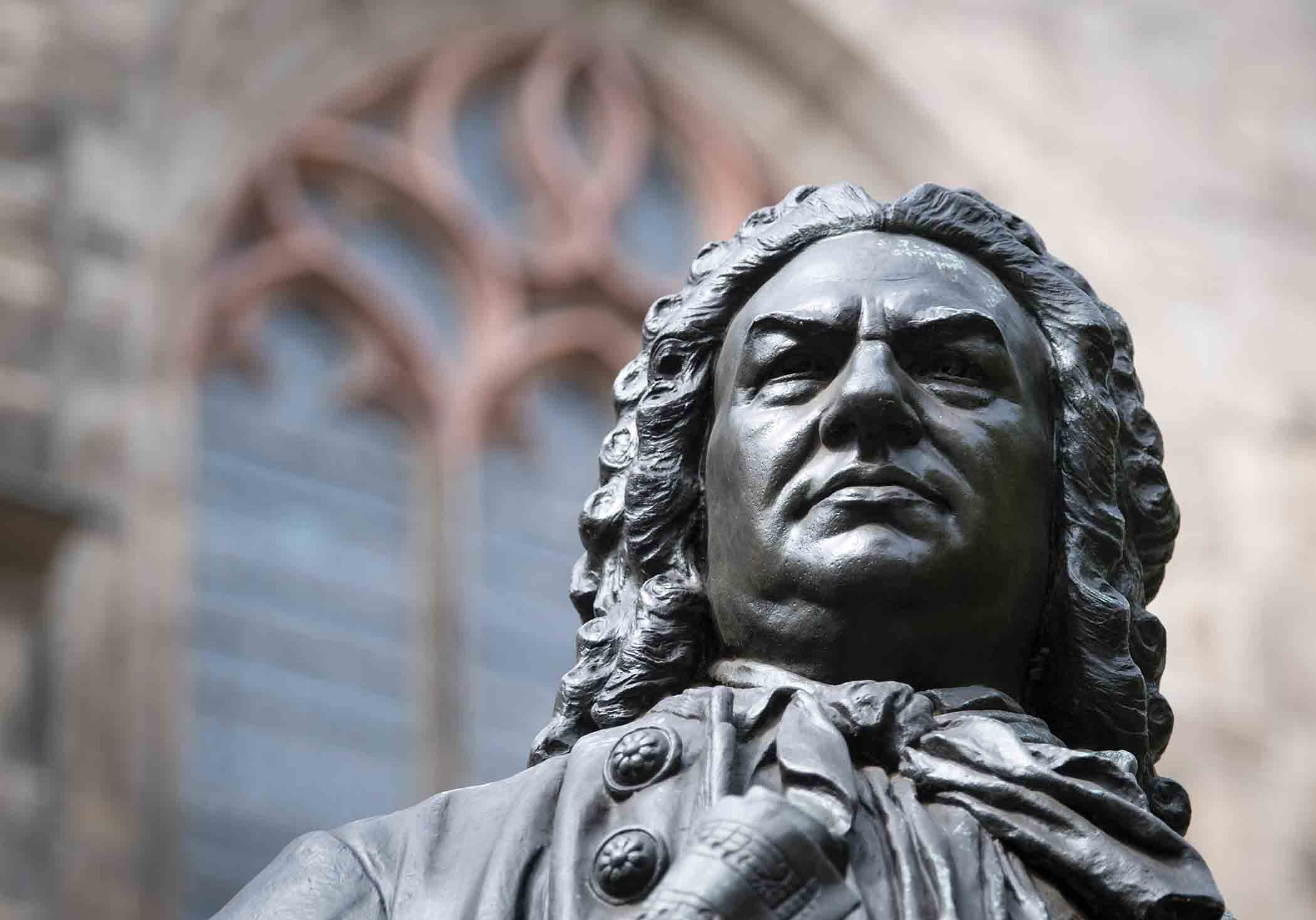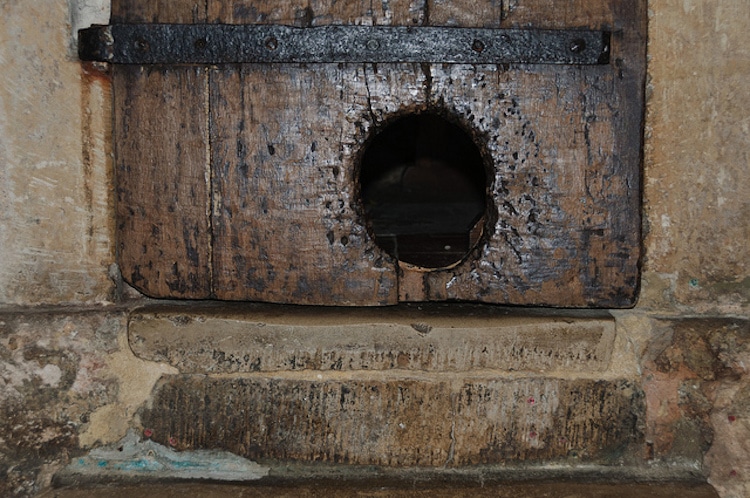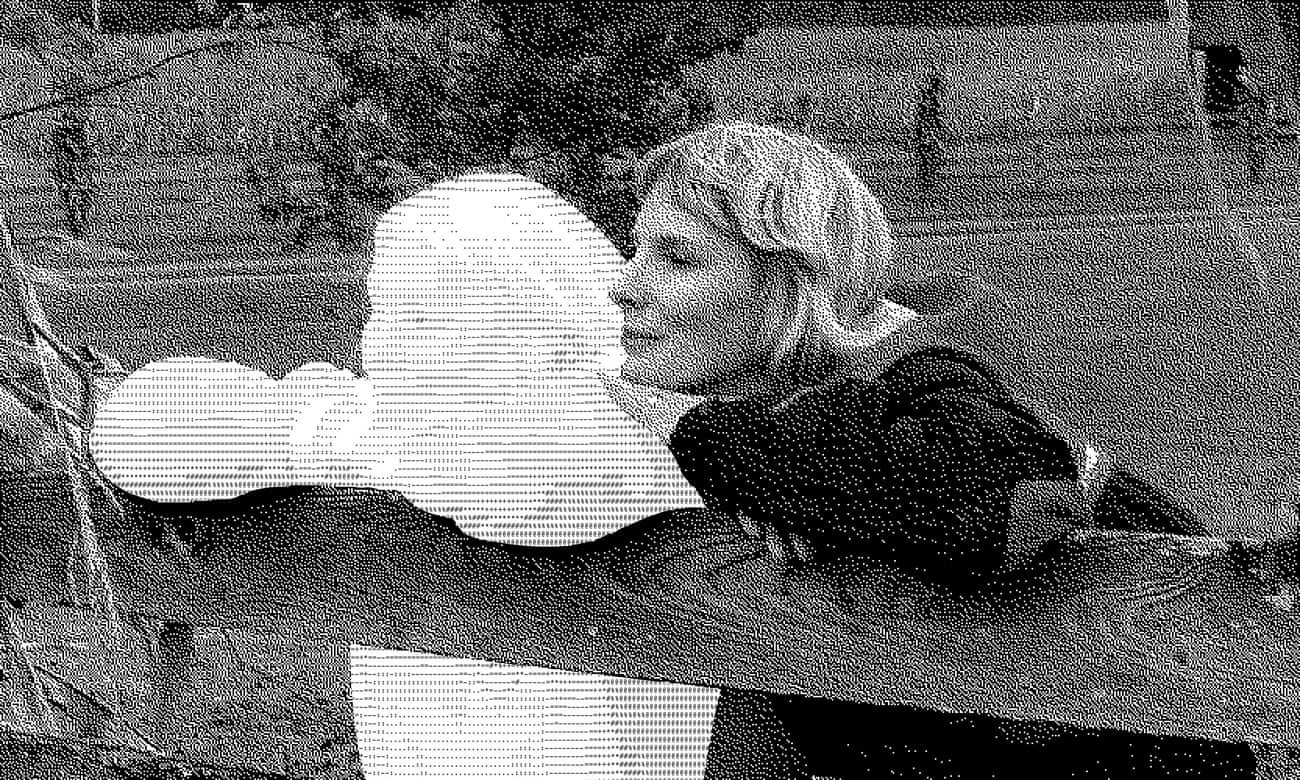Bach loved puzzles so much he worked them into his music

From Milton Mermikides for Aeon magazine: "Bach was crafty both in his music and life, and he adored puzzles, games and general inventive mischief. His monogram on his wax seal and his goblet was his own design, and at first glance it looks like an ornate decorative symmetrical crest of interlocking swirls. It is in fact built up from his initials JSB overlaid and mirrored, which is apt, as his music uses mirror-like reversals. Another example of Bach encoding information into decoration might be found in the title page of his 24 preludes and fugues for The Well-tempered Clavier – it was not until 2005, a quarter of a millennium after its composition, that the musicologist Bradley Lehman made an argument that the decorative symbol at the top of the page, which for generations had been dismissed as an ornamental ‘meaningless’ series of loops, contained coded instructions for how to construct the tempo, hidden in plain sight."
The world’s oldest cat door has been around since the 14th century

From Madeleine Muzdakis for My Modern Met: "In medieval days, cathedrals would have been overrun with mice and rats without a feline prowling the premises. To keep vermin in check, the magnificent Exeter Cathedral—known formally as the Cathedral Church of Saint Peter in Exeter—has employed cats for centuries. In fact, they even added a cat flap to one of the structure's doors, gouging a cat-sized opening into the wood. This led inside the cathedral, under the magnificent medieval astronomical clock, where the cat would be able to scamper about in pursuit of vermin. In return for its service, the cat was paid handsomely. From 1305 to 1467 its wages appear in cathedral records. Thirteen pence per quarter was given “to the custors and the cat” or “for” the cat, according to some notes. The cat's wages, coming to one pence a week, were likely used by the custor to supplement its diet of rodents with other food."
A young scientist tries to find a way to preserve a dying way of life

From Zhengyang Wang for Nautilus magazine: "In eastern Tibet, high in the Himalaya, Tenzin stopped at a cliff edge. He lit another cigarette. In front of us, Mt. Gongga dazzled in spring’s morning light, a dizzying 24,800 feet above sea level. Tenzin is not his real name. His perilous occupation—collecting and selling caterpillar fungus—is fraught with competition and secrecy, and I didn’t want to put him in jeopardy with the local authorities. Tenzin had reluctantly agreed to show me how to find the treasured fungus. But his growing dissatisfaction with my ability to keep up on the trek began to show. It was 2016, and I was a first-year doctoral student in search of a thesis. I, too, grew up in this part of the world. But I was naive enough to think that an elliptical machine was adequate preparation to hunt caterpillar fungus."
People are turning to chatbot impersonations of lost loved ones to help them grieve

From Aimee Pearcy for The Guardian: "At the peak of the early buzz surrounding ChatGPT in March, Sunshine Henle, who works in the artificial intelligence industry, made a spur-of-the-moment decision to feed some of the last phone text messages and Facebook chat messages she had exchanged with her mother into the platform. She asked it to reply in Linda’s voice. It had been a few months since her mother had died, and while Henle had previously connected with a local therapist to help her cope with her grief, she found it disappointing. “It felt very cold and there was no empathy,” she says. She told the chatbot she was upset because she felt like she had made mistakes and that the hospital had also made mistakes. The program responded: “Remember the good times we shared. Remember my love for you and let that be your guide."
Mixing coffee grounds in with concrete can make it stronger

From Will Wright at RMIT News: "Dr. Rajeev Roychand from RMIT University said his team developed a technique to make concrete 30% stronger by turning waste coffee grounds into biochar, using a low-energy process. “The disposal of organic waste poses an environmental challenge as it emits large amounts of greenhouse gases including methane and carbon dioxide, which contribute to climate change,” said Roychand, from the School of Engineering. Australia generates 75 million kilograms of ground coffee waste every year – most of it goes to landfills. Globally, 10 billion kilograms of spent coffee is generated annually. The coffee biochar can also replace a portion of the sand that was used to make concrete. The ongoing extraction of natural sand around the world – typically taken from river beds and banks – to meet the rapidly growing demands of the construction industry has a big impact on the environment."
When you need to move a lot of data, Amazon will rent you a tractor-trailer to put it in

From John Mannes for TechCrunch: "Meet AWS Snowmobile, a tractor-trailer for when your big data is just too damn big. The truck houses a container that can store up to 100 petabytes of data. Real-life data hoarders can contract Amazon to move exabytes of data to the cloud using the new tricked-out trucks. Snowmobile attaches directly to your data center with power and network fibre to move critical information to AWS, even when its size is insurmountable for mere mortals. Designed to address data challenges for companies dealing with large film vaults and troves of satellite imagery, the truck consumes a whopping 350 KW of AC power. All this power fuels a switch that can handle one terabit of data per-second. A Snowmobile can be filled to the brim in roughly 10 days. then it is taken back to AWS where its contents are put in the cloud."
A Gentoo penguin leaps into a whale-watching boat to escape a killer whale




